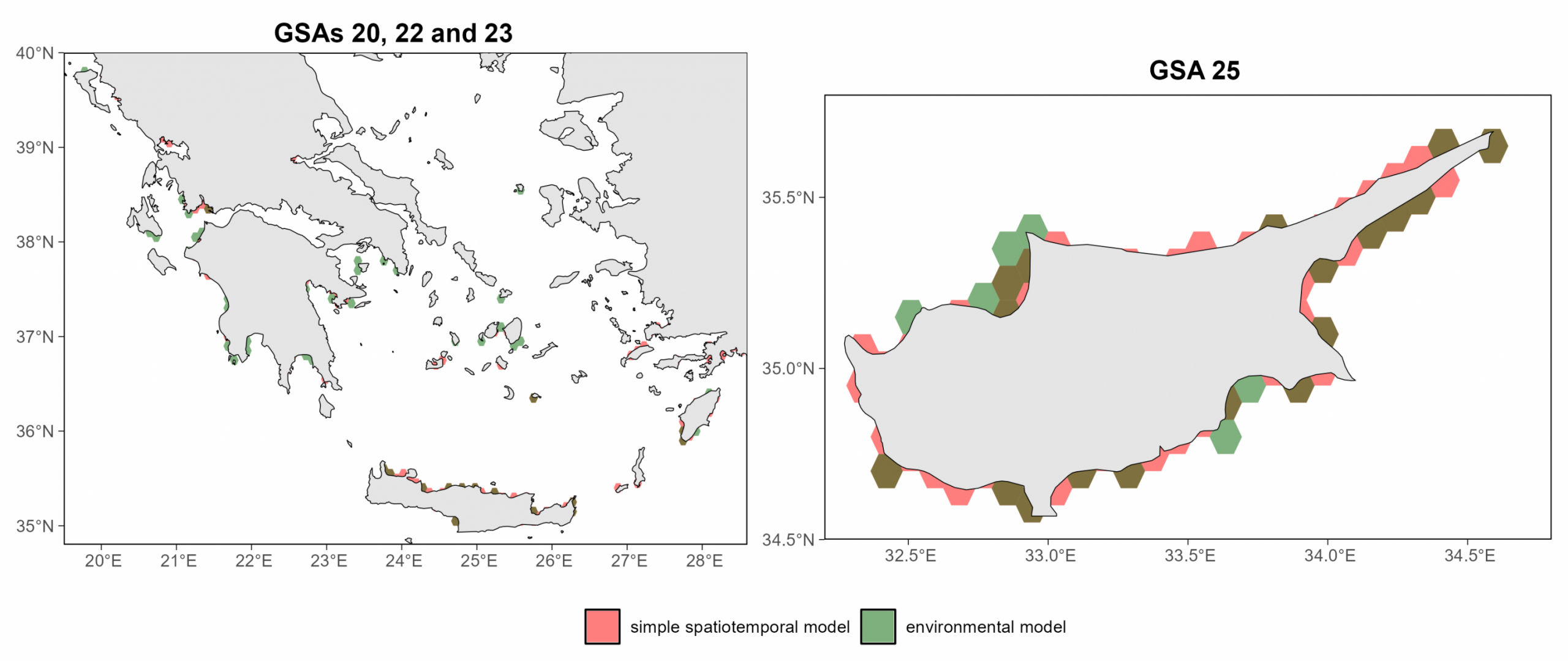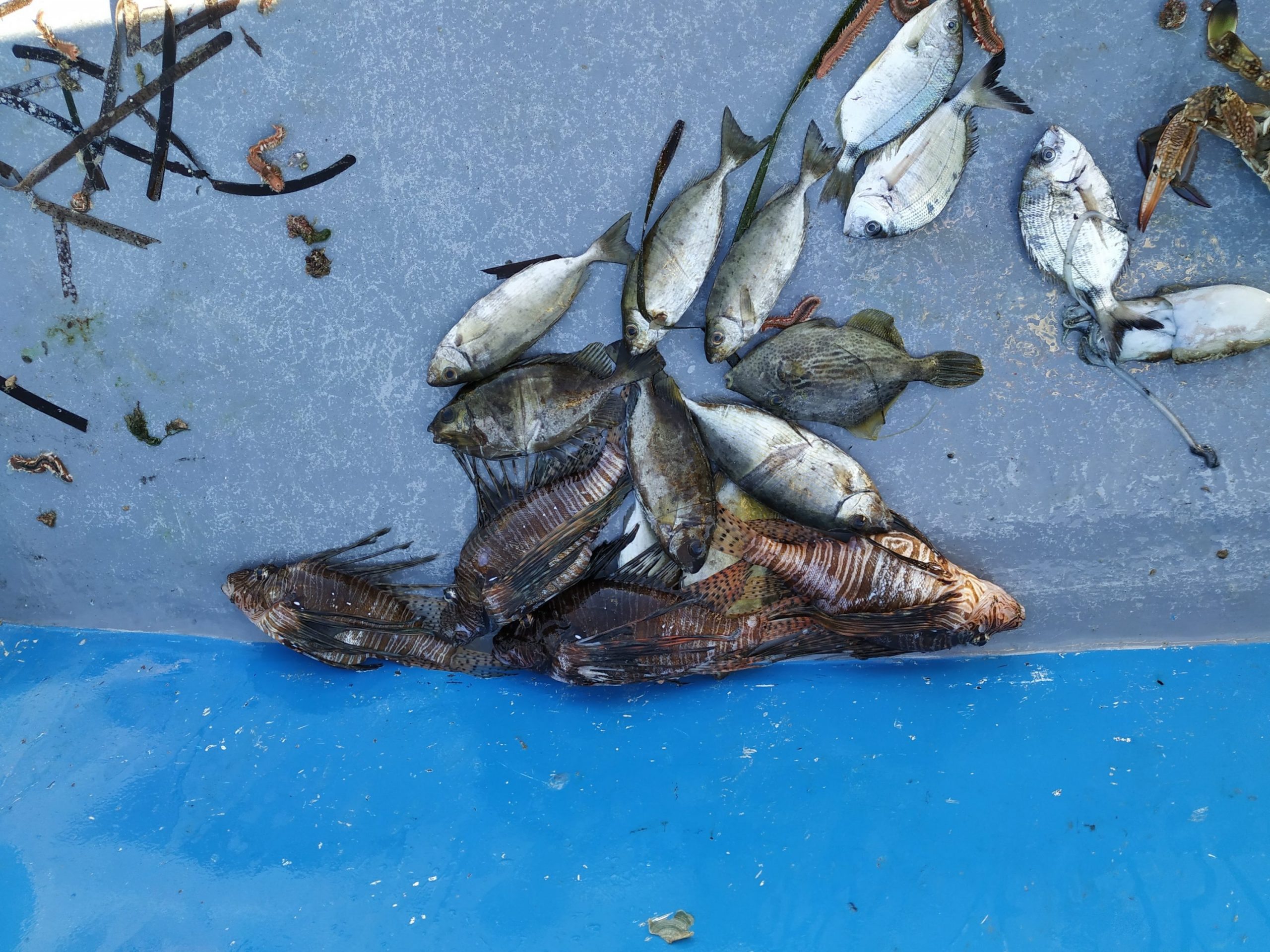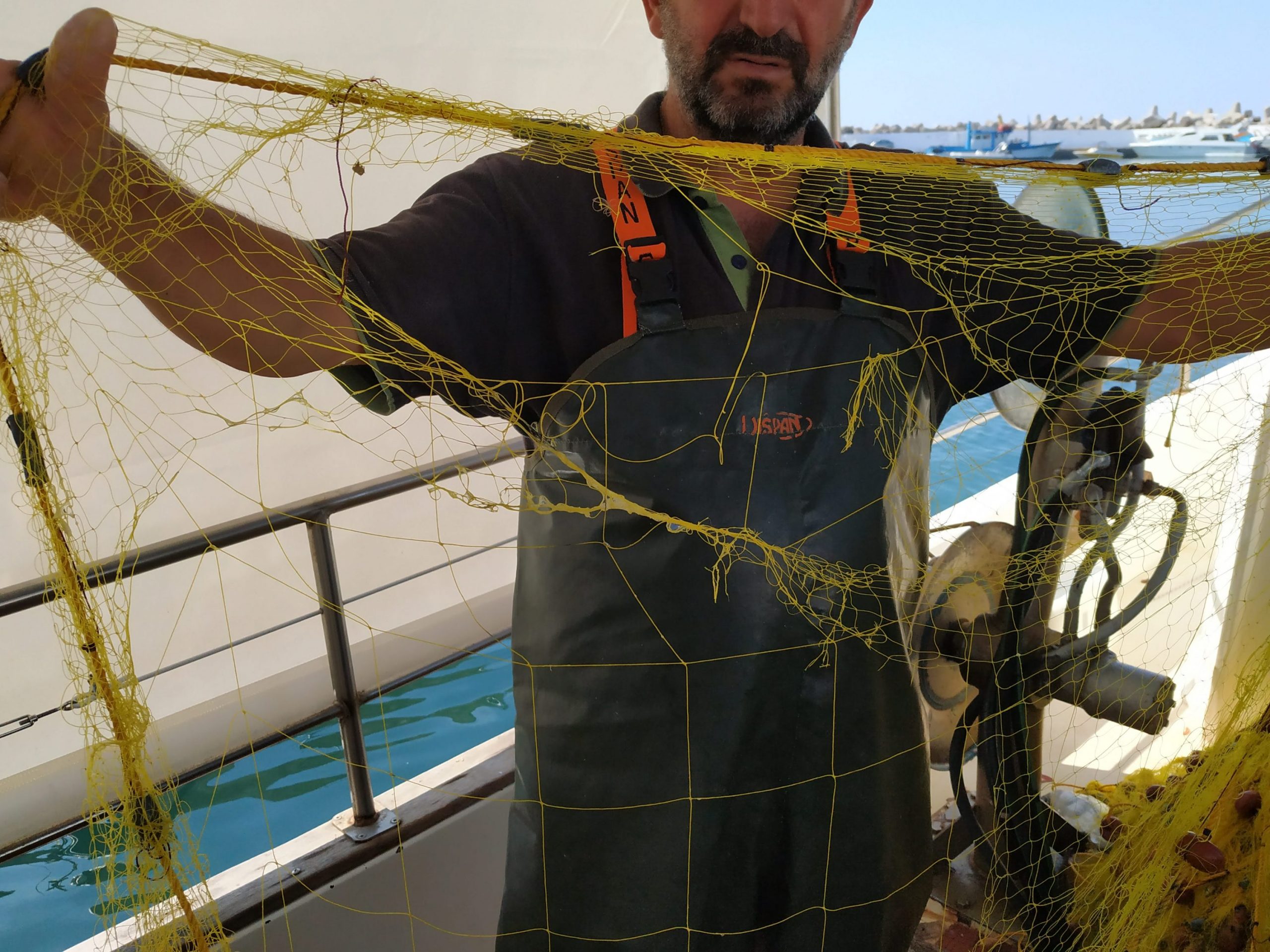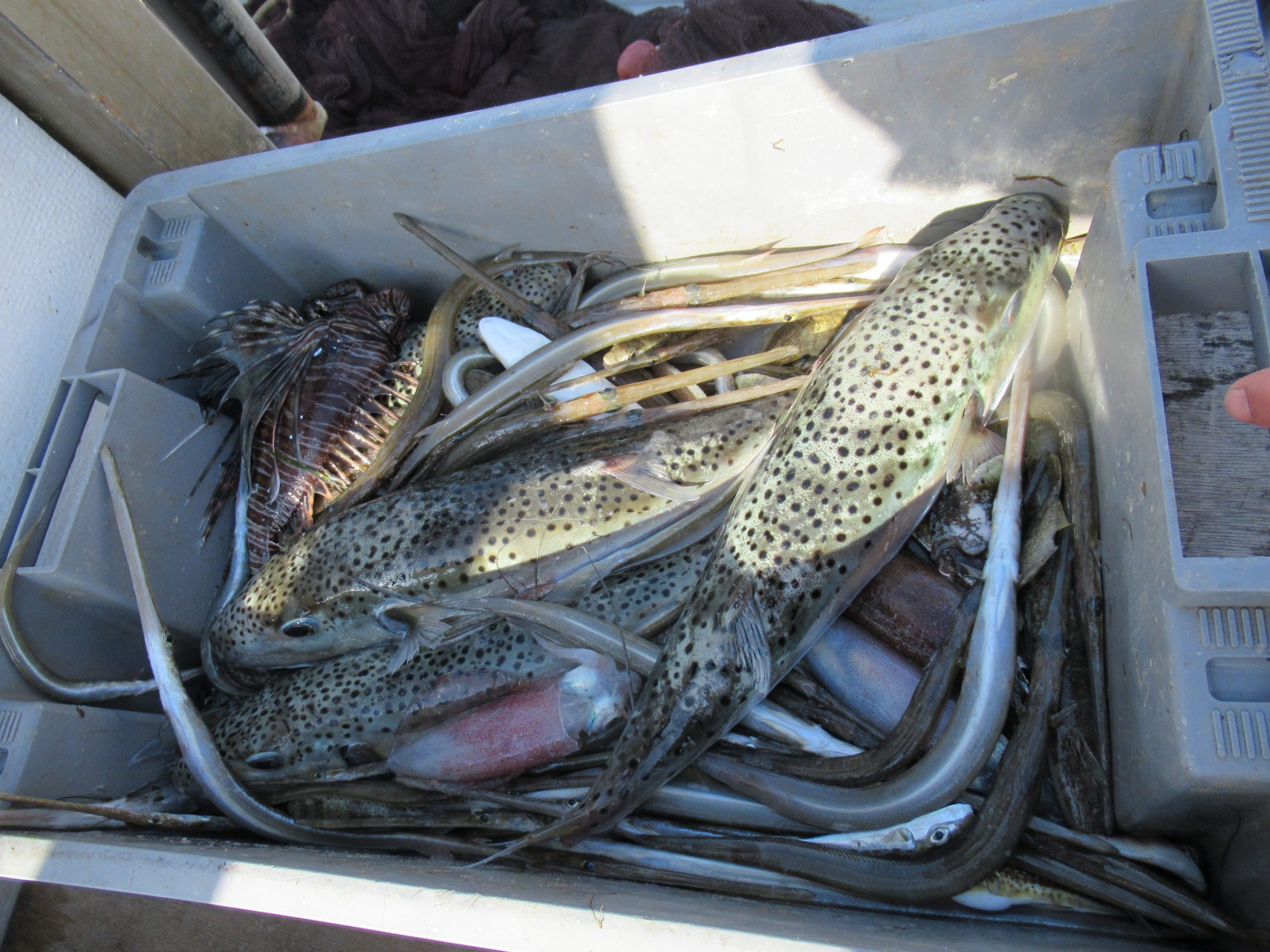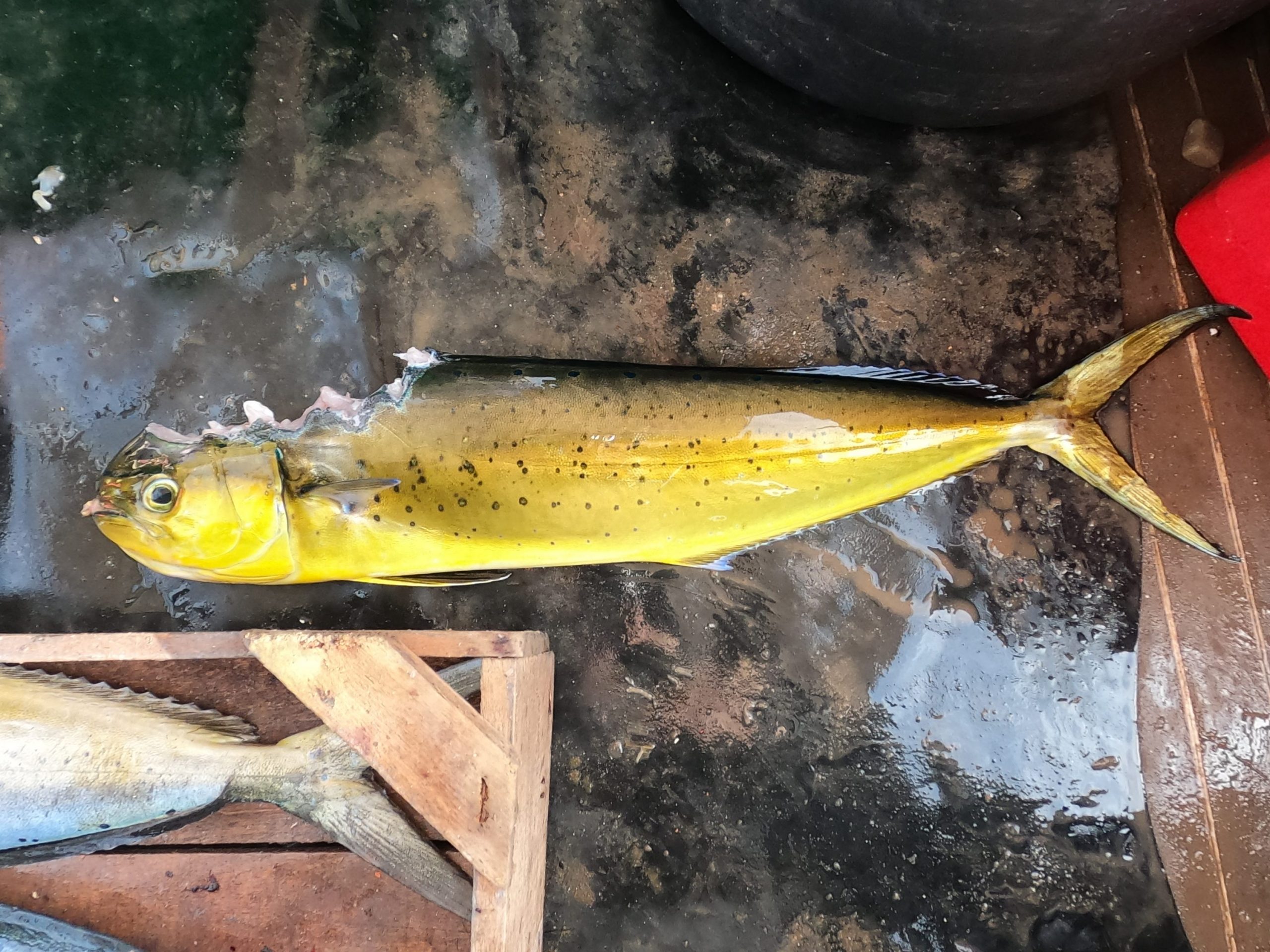Rising Risk from Alien Species in the Mediterranean: B-USEFUL Partners at HCMR Present Key Findings at GFCM Meeting
In April 2025, B-USEFUL partner Stratos Batziakas, from the HCMR (Hellenic Centre for Marine Research), presented key findings at the GFCM Subregional Committee for the Eastern Mediterranean (SRC-EM), shedding light on the growing threat of alien species known as lessepsian migrants.
Lessepsian species are non-indigenous fish and invertebrates of Indo-Pacific origin that migrate into the Mediterranean Sea through the Suez Canal. Due to changing ocean conditions, particularly rising sea surface temperatures, many of these species are now thriving in Mediterranean waters—posing significant risks to marine biodiversity, fisheries, and ecosystem stability.
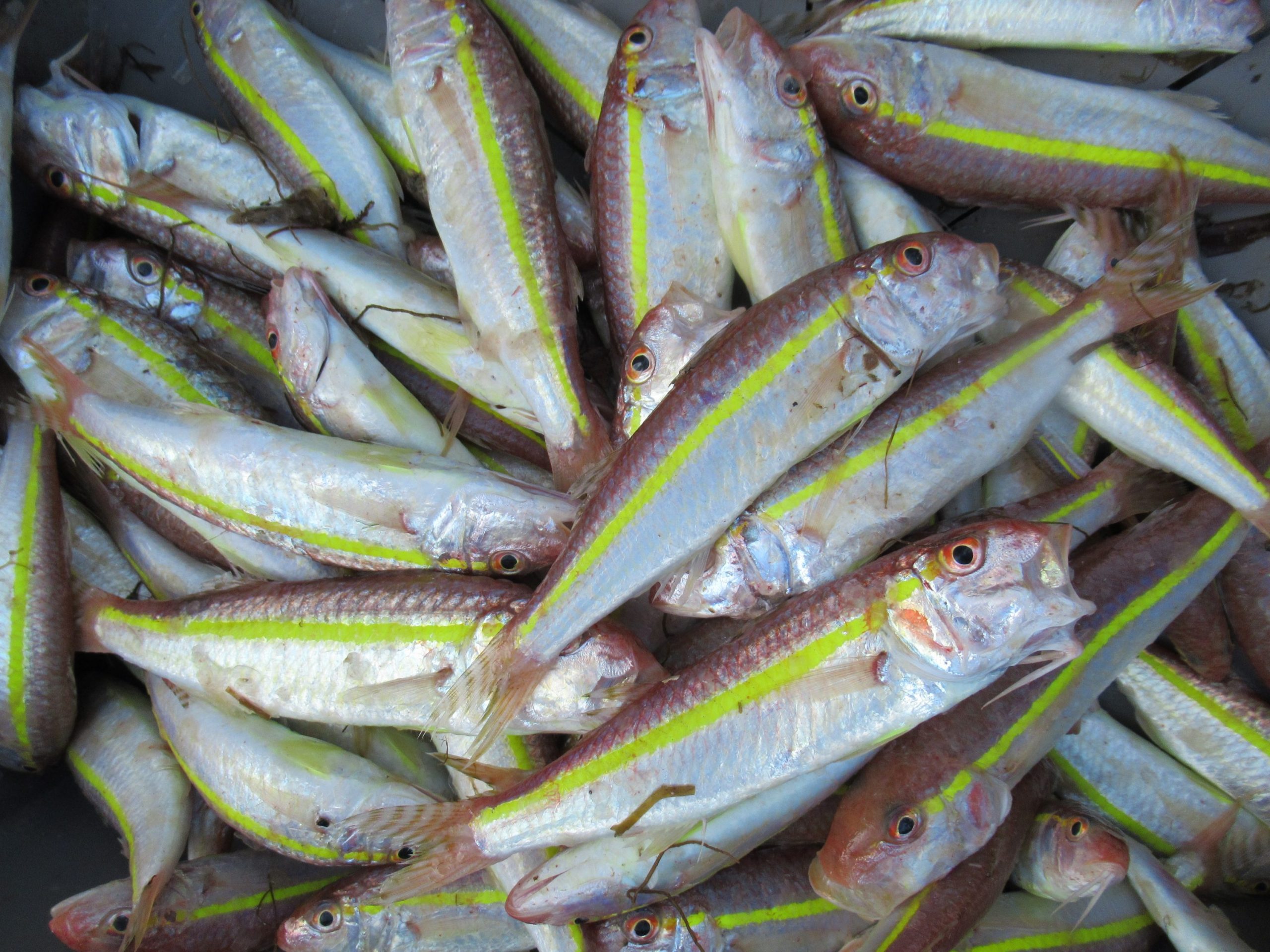
The goldband goatfish, Upeneus moluccensis, is a lessepsian migrant from the family of Mullidae, first recorded in the Mediterranean during 1947. The species niche overlaps with its native confamilial Mullus barbatus (red mullet) in waters up to 100 m. U. moluccensis has become commercially important in trawl fisheries around the Levant.
Monitoring the Spread of Lessepsian Migrants
Using a 22-year dataset from MEDITS trawl surveys (1999–2021) along with environmental data, HCMR researchers modeled the distribution and projected expansion of lessepsian species
Key findings include:
- Rapid westward and northward expansion of lessepsian species in the Eastern Mediterranean.
- Establishment of invasion hotspots in Cyprus, SW Turkey, Crete, the southern Aegean islands, the Saronic Gulf and the SE Ionian coasts.
- Cold winter sea surface temperatures (SSTs) have historically limited their spread, but this barrier is weakening due to the climate crisis.
These results indicate that as the Mediterranean warms, lessepsian species are very likely to extend their range further into central and even western regions.
Future Projections: A Changing Ecosystem
Using Generalized Additive Models (GAMs), the HCMR team projected the future probability of occurrence of lessepsian species in the Mediterranean for the period 2021–2041.
Projected spread map: 2021–2041 scenarios of lessepsian distribution under warming SSTs. Spatial predictions (1999 – 2021) and projections (2022 – 2041) on the probability of occurrence of lessepsian migrants in the Eastern and Central Mediterranean.
The models show:
A continued geographic expansion of lessepsian species throughout the basin.
An increase in areas vulnerable to invasion, especially under scenarios with rising SSTs.
These changes are expected to significantly impact local ecosystems, potentially outcompeting native species, altering food webs, and causing economic harm to traditional fisheries.
Impacts and Policy Relevance
Lessepsian migrants, in general, can disrupt native fish stocks and habitats. Certain species can be particularly damaging:
- The silver-cheeked toadfish, Lagocephalus sceleratus, is a toxic pufferfish that poses risks to human health and impacts fishing activities through catch depredation and damage of fishing gears.
- The dusky and the marbled spinefoot, Siganus luridus and Siganus rivulatus, are herbivores that graze intensely on algal forests, damaging habitats important for lifecycle maintenance.
- The lionfish, Pterois miles, causes local extirpation of native species through predation and may harm swimmers and fishers due to its long poisonous spines.
Top: Typical lessepsian catch in artisanal fisheries around Crete. Pterois miles, Siganus sp., Stephanolepis diaspros (Left); Pterois miles, Lagocephalus sceleratus, Fistularia commersonii (Right).
Bottom: Typical damages on fishing gears (Left) and commercial catch (Right) due to L. sceleratus depredation.
